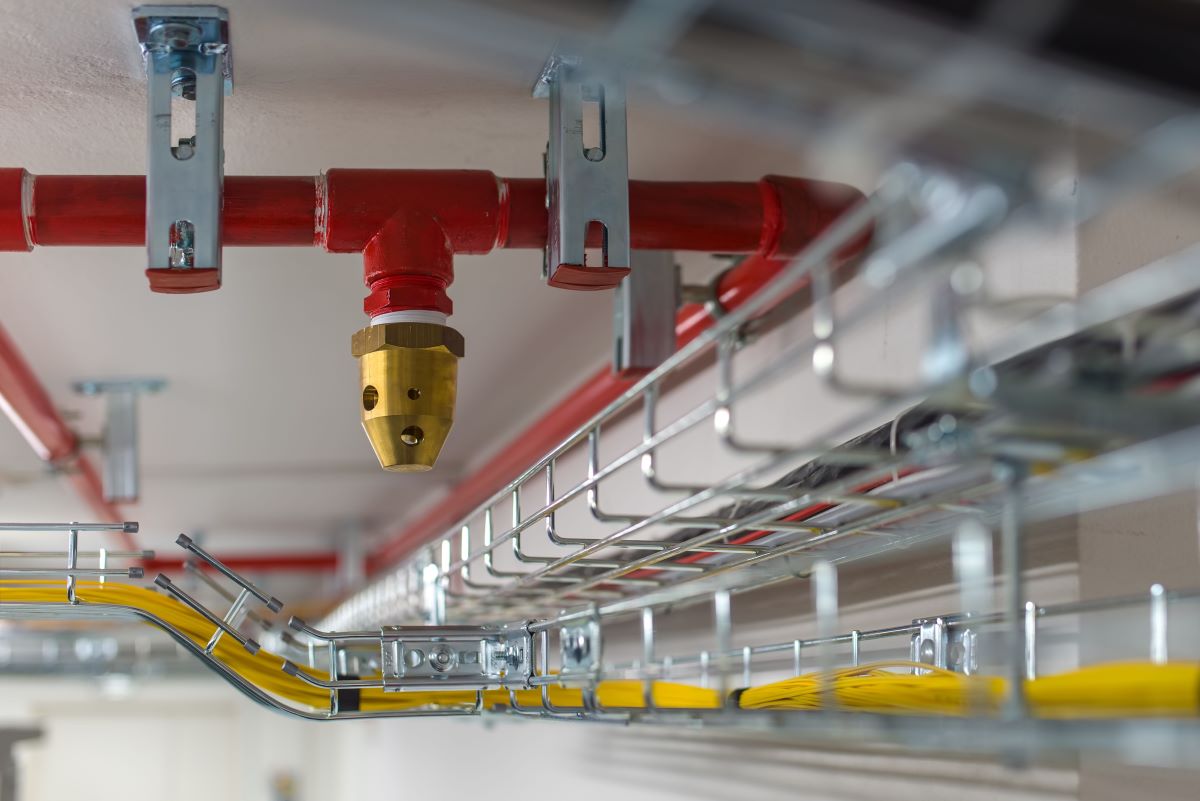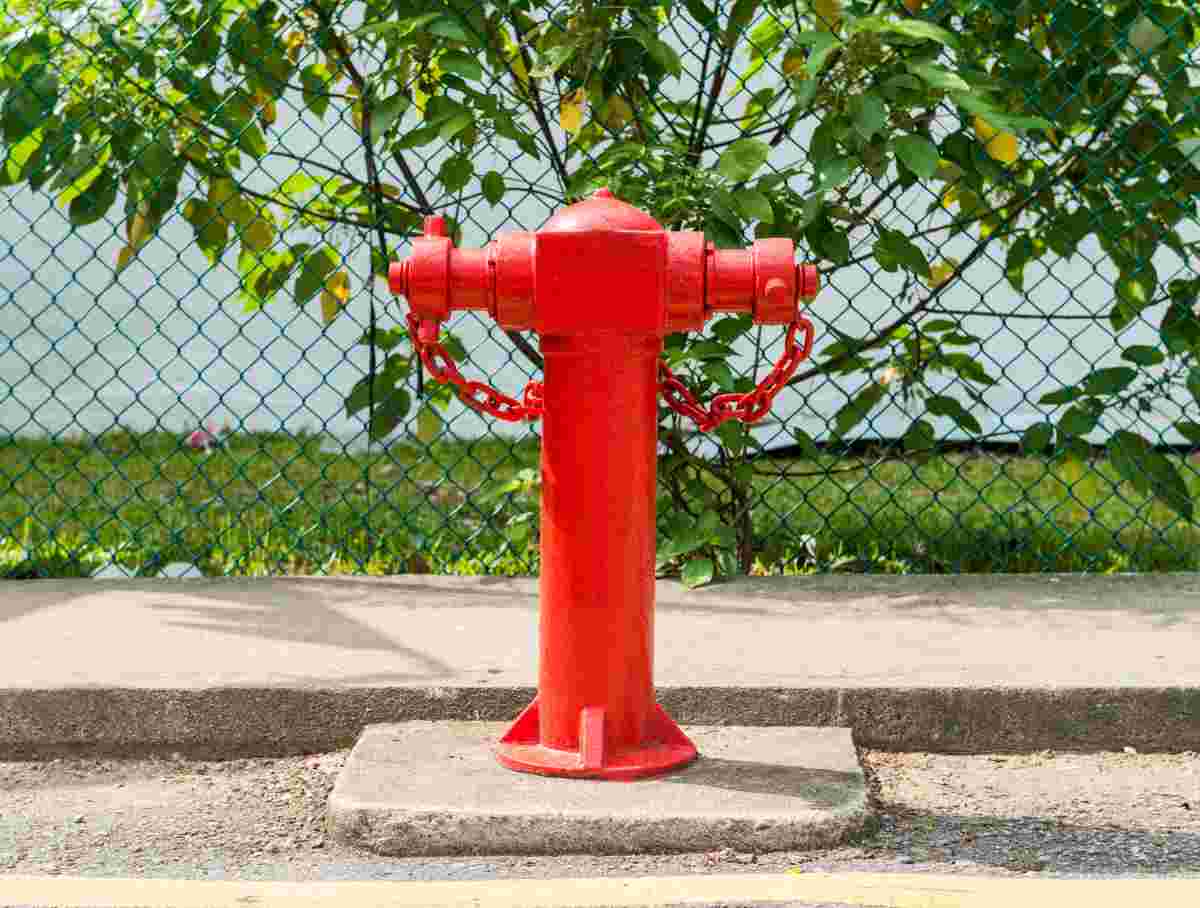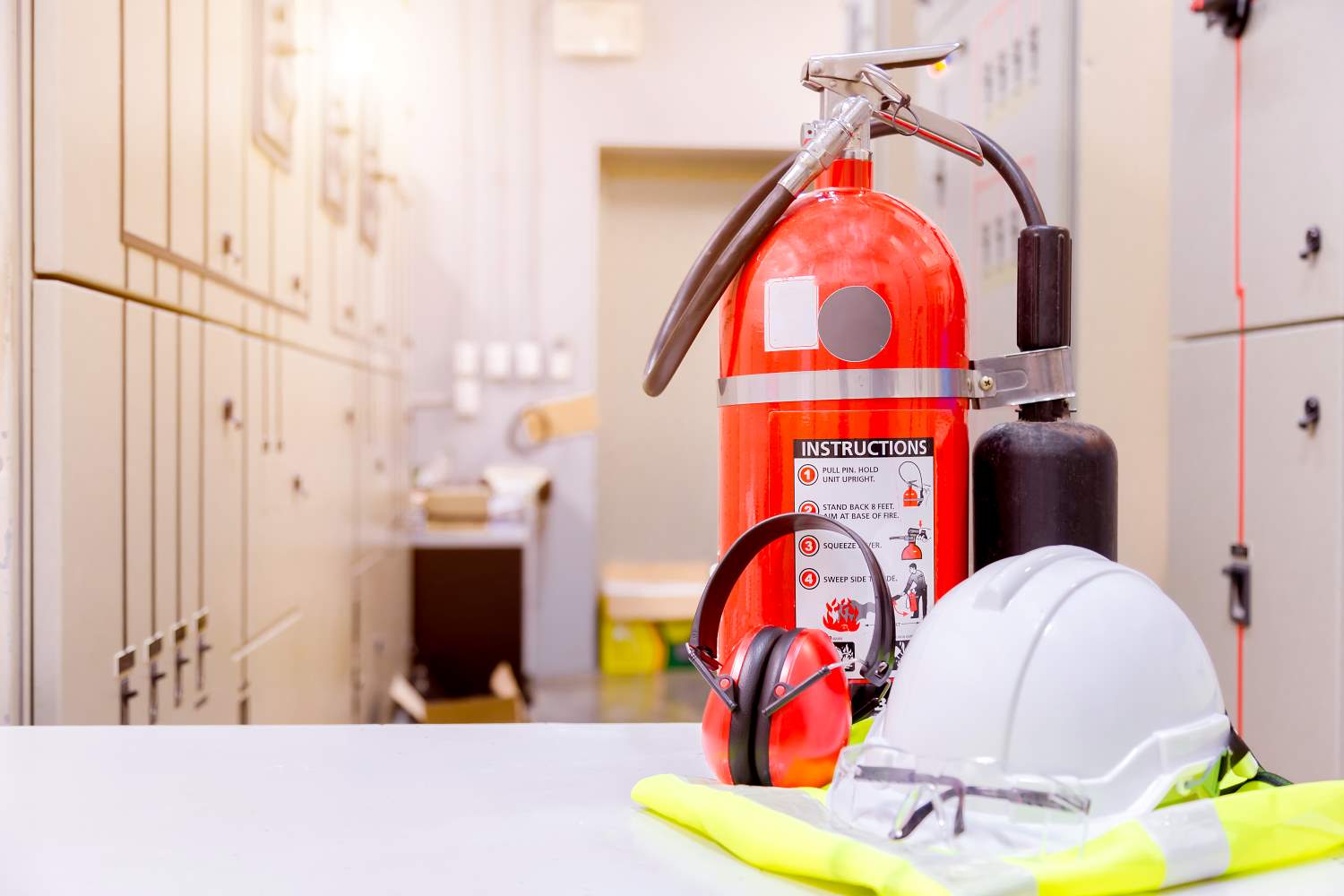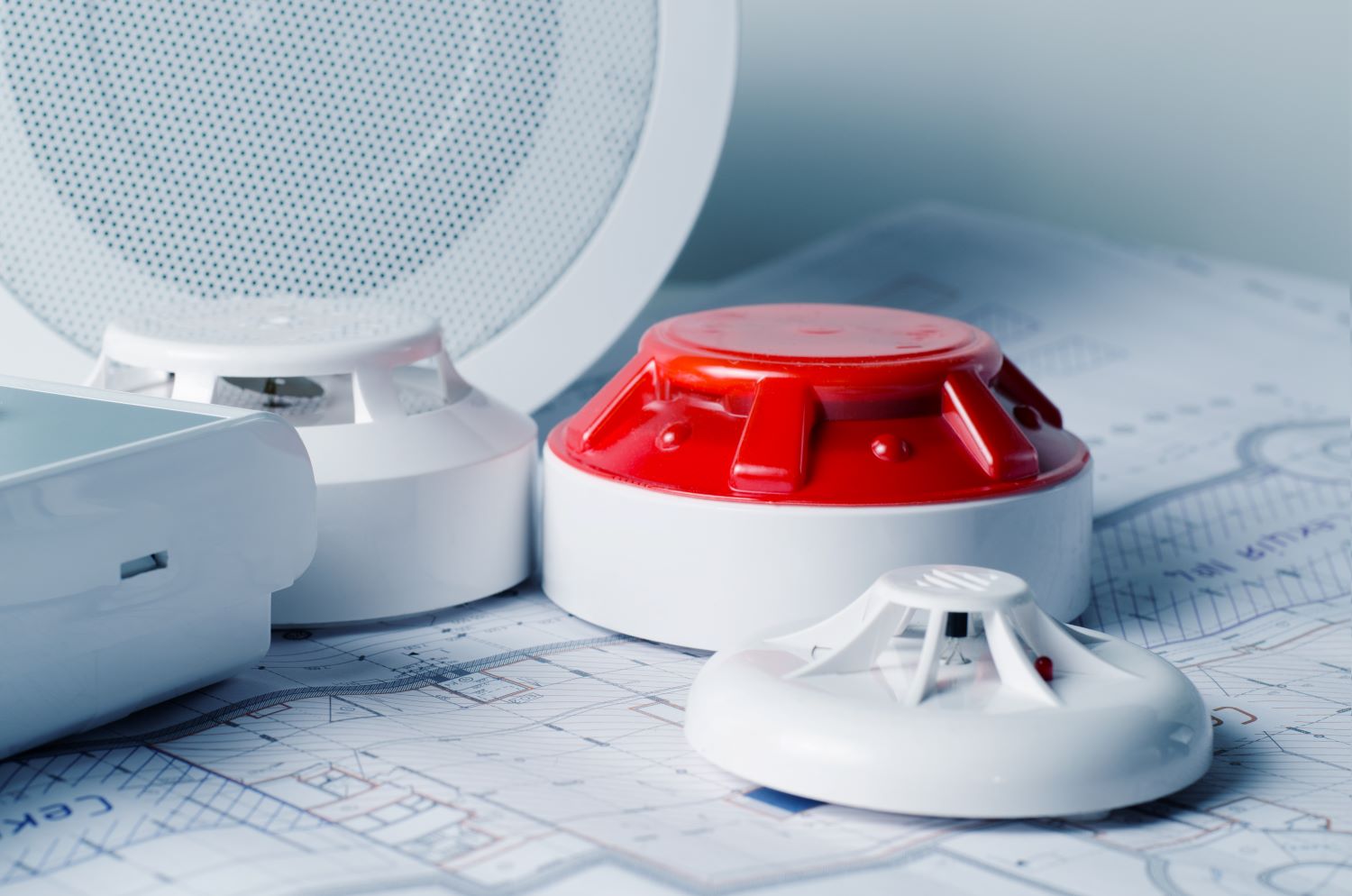Best Practices for Fire Sprinkler System Installation

Strong 8k brings an ultra-HD IPTV experience to your living room and your pocket.
Fire safety is a top priority for every building, whether residential, commercial, or industrial. One of the most effective ways to protect lives and property is through a Fire Sprinkler System Installation. This automatic system can quickly respond to a fire outbreak, minimizing damage and helping to save lives. In this article, we’ll explore the best practices to follow when installing a fire sprinkler system to ensure safety, efficiency, and long-term performance.
What Is a Fire Sprinkler System?
A fire sprinkler system is an active fire protection method, consisting of a water supply system, providing adequate pressure and flowrate to a water distribution piping system, onto which fire sprinklers are connected. These sprinklers activate automatically when a fire is detected, usually through heat sensors, to release water and control the fire.
Why Fire Sprinkler System Installation Is Important
Proper Fire Sprinkler System Installation offers many benefits, including:
• Quick fire response
• Reduced fire damage
• Protection for lives and property
• Lower insurance premiums
• Peace of mind for building owners and occupants
Whether it's a shopping mall, hospital, office building, or home, having a well-installed system can make a huge difference during a fire emergency.
1. Start With a Fire Safety Assessment
Before installing a fire sprinkler system, it's important to assess the specific fire risks in the building. A certified fire safety engineer can inspect the layout, materials, and fire load to decide what type of sprinkler system is needed. This ensures that the system is suitable for the building's unique requirements.
Key Points:
• Check building structure and fire load
• Identify high-risk zones
• Plan sprinkler coverage accordingly
2. Choose the Right Type of Sprinkler System
Not all fire sprinkler systems are the same. Based on your building type and usage, you may need a specific kind of system.
Common types include:
• Wet Pipe System – Most common; always filled with water
• Dry Pipe System – Contains air; ideal for cold environments
• Deluge System – All sprinklers open at once; used in high-risk areas
• Pre-Action System – Combination of dry and wet; often used in museums or data centers
Choosing the right system ensures maximum effectiveness during a fire emergency.
3. Hire Certified Professionals
A major factor in proper Fire Sprinkler System Installation is hiring the right people for the job. Always choose certified and experienced professionals who follow safety standards and building codes.
Look for:
• Licensed installation companies
• Technicians with relevant training
• Companies that provide after-installation support
For expert fire sprinkler installation, you can visit Elixir Engineering.
4. Follow Local Fire Codes and Regulations
Every city or region has its own fire safety codes. It is essential to follow these rules when installing a sprinkler system. The local fire department or fire safety authority can provide detailed guidelines to ensure compliance.
Tips:
• Get necessary permits
• Schedule inspections
• Maintain proper documentation
Non-compliance can lead to penalties or even shutdowns during inspections.
5. Proper System Design
The design of the sprinkler system is critical. It must ensure full coverage of the building, correct pipe sizes, and proper water flow. A detailed blueprint should be created before installation begins.
Good design includes:
• Proper spacing between sprinkler heads
• Accurate pipe layout
• Water pressure and flow calculations
• Zoning and control valves
Poor design can lead to system failure when you need it most.
6. Use High-Quality Materials
Using low-quality pipes, fittings, and sprinkler heads can reduce the effectiveness of your system. Always choose trusted brands and certified materials that can withstand heat and pressure.
Key components:
• Pipes (steel, copper, CPVC)
• Sprinkler heads
• Valves and alarms
• Water supply tank or pump
Spending more on quality ensures better protection in the long run.
7. Test the System After Installation
Once the Fire Sprinkler System Installation is complete, it’s important to test the entire system. This ensures that every sprinkler head works, water flow is sufficient, and alarms are connected properly.
Testing includes:
• Water pressure checks
• Sprinkler head operation
• Alarm system function
• Emergency shutdown process
Schedule tests with your installer and keep a record of all results.
8. Train Building Occupants
Even the best fire sprinkler system needs human awareness. Conduct regular training sessions for occupants, staff, or residents. Make sure they know how the system works, what to do in case of fire, and who to contact.
Include in training:
• Fire drills
• Sprinkler system overview
• Evacuation procedures
• Contact details of fire services
Knowledge can save lives during an actual fire.
9. Schedule Regular Maintenance
Installation is just the beginning. To keep your system working perfectly, schedule regular inspections and maintenance. Over time, dust, corrosion, or mechanical wear can reduce performance.
Maintenance tasks:
• Visual inspection of pipes and heads
• Water pressure testing
• Replacing faulty sprinkler heads
• Cleaning and checking alarms
It’s recommended to inspect the system at least once a year or as required by law.
10. Plan for System Upgrades
As your building grows or usage changes, your fire safety system should evolve too. Plan for upgrades when there are structural changes, added rooms, or increased occupancy. An outdated system may not be effective against new fire risks.
When to upgrade:
• After renovations or expansions
• Change in building purpose
• New fire safety regulations
Stay ahead by keeping your system up to date.
Conclusion
Fire safety is not something to take lightly. Following these best practices for Fire Sprinkler System Installation can help protect lives, property, and peace of mind. From planning and design to installation and maintenance, every step plays a key role in building a safer environment.
Whether you're planning a new installation or upgrading an existing system, it’s always best to work with trusted experts. For professional guidance and quality service, visit Elixir Engineering your reliable partner in fire protection.
Note: IndiBlogHub features both user-submitted and editorial content. We do not verify third-party contributions. Read our Disclaimer and Privacy Policyfor details.







